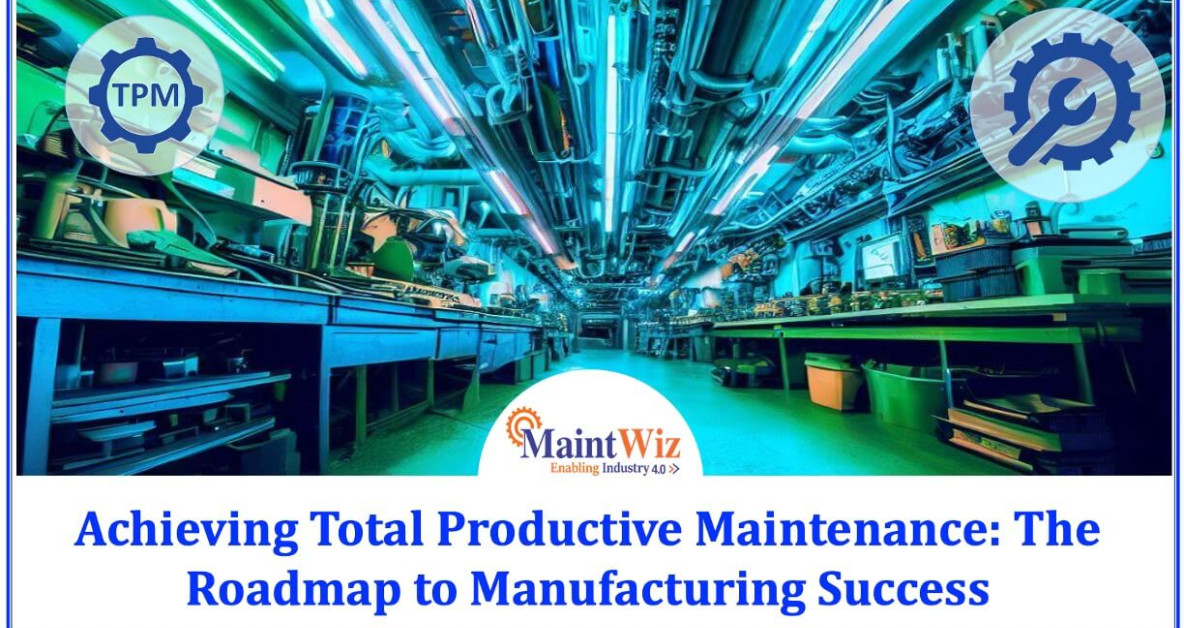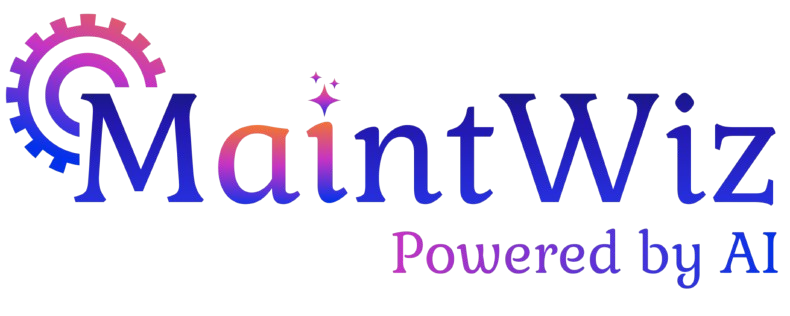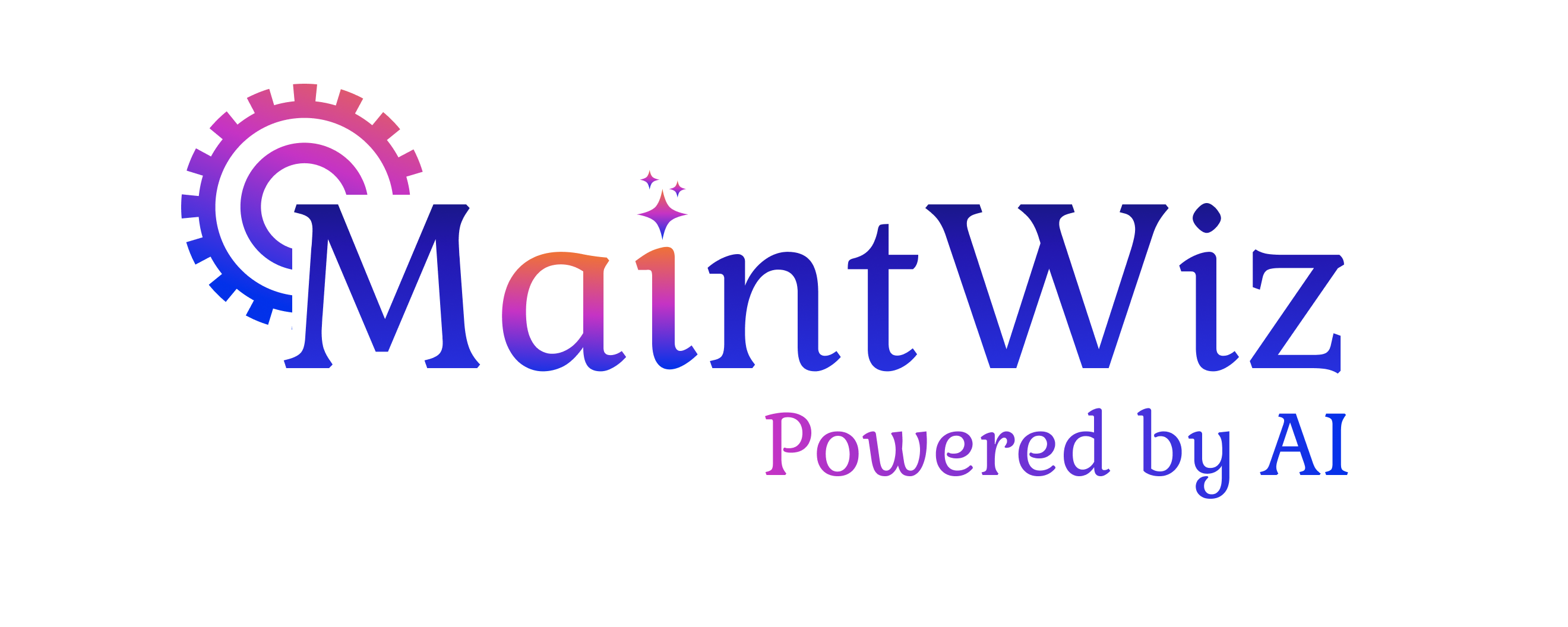
Total Productive Maintenance (TPM) is a comprehensive maintenance strategy that aims to maximize the efficiency and productivity of manufacturing operations. It goes beyond traditional maintenance practices and involves the entire organization in maintaining equipment and processes. Understanding TPM and its objectives is crucial to unlocking its benefits for manufacturing success.
Table of Contents
ToggleIntroduction to Total Productive Maintenance (TPM)
Total Productive Maintenance (TPM) is a comprehensive maintenance approach that involves all employees, from top management to front-line operators, in maintaining equipment to ensure smooth and efficient operations. The primary objective of TPM is to achieve zero breakdowns, zero defects, and zero accidents in manufacturing processes.
- Understanding TPM and Its Objectives: TPM aims to optimize equipment effectiveness, eliminate defects, reduce accidents, and enhance overall equipment performance. It focuses on creating a culture of continuous improvement and involving all employees in maintenance activities.
- History and Evolution of TPM in Manufacturing: TPM was developed in Japan as a part of the Total Quality Management (TQM) philosophy. It has its roots in the concept of “Jishu Hozen” or autonomous maintenance, which empowers operators to take care of their equipment and perform basic maintenance tasks.
The Pillars of Total Productive Maintenance
TPM is built upon eight essential pillars that form the foundation for its successful implementation. Each pillar plays a critical role in optimizing equipment and processes to achieve maximum productivity and cost-effectiveness.
- Autonomous Maintenance: Autonomous maintenance involves training and empowering operators to take responsibility for the routine maintenance of their equipment. Operators conduct routine checks, lubrication, and minor repairs to prevent breakdowns and improve equipment reliability.
- Planned Maintenance: Planned maintenance focuses on conducting systematic and regular inspections, servicing, and maintenance activities based on predefined schedules. It helps in identifying potential issues before they turn into major problems, reducing downtime, and increasing equipment availability.
- Quality Maintenance: Quality maintenance aims to eliminate defects and issues that can affect product quality. It involves measures to ensure equipment produces products within specification, preventing defects and rework.
- Early Equipment Management: Early equipment management focuses on equipment design and development stages to improve its reliability, ease of maintenance, and overall performance. It ensures that maintenance considerations are incorporated during equipment design and procurement.
- Training and Education: Training and education are crucial for the successful implementation of TPM. Employees at all levels receive training to improve their skills and knowledge in maintenance practices, equipment handling, and safety protocols.
- Focused Improvement: Focused Improvement is a crucial pillar of Total Productive Maintenance (TPM) that encourages teams to identify and eliminate chronic losses and waste through continuous improvement initiatives, boosting productivity and efficiency.
- Safety Health and Education: Safety Health and Education is a vital TPM pillar that emphasizes creating a safe work environment, promoting employee health, and providing training to enhance skills and knowledge, fostering a culture of safety and well-being.
- Office TPM (Administrative TPM): Office TPM extends TPM principles beyond the shop floor to administrative and office areas. It seeks to eliminate waste, streamline processes, and optimize workflow to enhance overall organizational efficiency and effectiveness.
Benefits of Total Productive Maintenance
Implementing TPM in manufacturing processes brings a wide range of benefits that contribute to the overall success of the organization. These benefits not only lead to increased efficiency but also enhance the overall quality of products and employee engagement.
- Increased Equipment Reliability and Availability: By adopting TPM practices, organizations experience improved equipment reliability and reduced breakdowns. This results in increased equipment availability and reduced downtime, leading to higher productivity and efficiency in manufacturing operations.
- Reduced Downtime and Production Losses: TPM helps in identifying potential issues and conducting regular maintenance to prevent breakdowns. This reduces unplanned downtime and production losses, ensuring a smooth production process and meeting customer demands on time.
- Improved Product Quality and Consistency: TPM focuses on maintaining equipment in optimal condition to produce products within specifications. This leads to consistent product quality, minimizing defects and rework, and improving customer satisfaction.
- Enhanced Employee Morale and Engagement: Involving employees in maintenance activities through TPM empowers them and fosters a sense of ownership and pride in their work. This leads to higher employee morale, better teamwork, and increased engagement in achieving organizational goals.
The Role of Leadership in Implementing TPM
Successful TPM implementation requires strong leadership commitment. Leaders must foster a culture of continuous improvement, provide necessary resources and support, and align TPM initiatives with the overall business goals and objectives.
- Building a Culture of Continuous Improvement: Leaders play a crucial role in establishing a culture of continuous improvement. They need to encourage employees to come forward with suggestions for improvement, provide feedback and recognition for their contributions, and promote a proactive approach to maintenance and problem-solving.
- Providing Necessary Resources and Support: TPM requires resources such as training, tools, and equipment. Leaders must ensure that the necessary resources are available to support TPM initiatives effectively. This includes investing in training programs, modern maintenance tools, and technology for data analysis.
- Aligning TPM with Business Goals and Objectives: TPM should align with the overall business strategy and goals. Leaders must communicate the importance of TPM in achieving business objectives and emphasize its impact on overall profitability, efficiency, and customer satisfaction.
Implementing Total Productive Maintenance Step-by-Step
The implementation of TPM involves a step-by-step approach to ensure its successful integration into existing manufacturing processes. Each step is crucial in establishing a solid foundation for TPM practices.
- Conducting TPM Awareness Training: The first step in TPM implementation is to conduct awareness training for all employees. This training should focus on introducing the concept of TPM, its benefits, and the role of each employee in contributing to its success.
- Forming Cross-Functional TPM Teams: Cross-functional teams comprising employees from different departments are formed to work together on TPM initiatives. These teams collaborate to identify improvement opportunities, conduct equipment assessments, and develop action plans.
- Conducting Initial Equipment Assessments: TPM teams conduct detailed assessments of equipment to identify existing issues and potential areas for improvement. This involves analyzing equipment data, conducting visual inspections, and using advanced diagnostic tools.
- Developing TPM Implementation Plan: Based on the equipment assessments, TPM teams develop a comprehensive implementation plan. The plan includes prioritized improvement actions, resource allocation, timelines, and responsibilities.
Key Performance Indicators (KPIs) for TPM
Measuring the effectiveness of TPM is vital to understand its impact on manufacturing operations. Key Performance Indicators (KPIs) help track the success of TPM initiatives and identify areas for improvement.
- Overall Equipment Effectiveness (OEE): OEE is a critical KPI that measures the performance of equipment. It takes into account three factors: Availability, Performance Efficiency, and Quality Rate. OEE provides insights into how efficiently the equipment is being utilized and helps identify areas for improvement.
- Mean Time Between Failures (MTBF): MTBF measures the average time between equipment failures. A higher MTBF indicates greater equipment reliability and fewer breakdowns.
- Mean Time to Repair (MTTR): MTTR measures the average time taken to repair equipment after a failure. A lower MTTR indicates quick and efficient maintenance response.
- Equipment Failure Rate (EFR): EFR measures the frequency of equipment failures over a specific period. A lower EFR indicates improved equipment performance and reliability.
Total Productive Maintenance and Lean Manufacturing
TPM and Lean Manufacturing share common principles and objectives. By integrating TPM with Lean practices, organizations can optimize their manufacturing processes and drive continuous improvement.
- Synergies between TPM and Lean Principles: Both TPM and Lean Manufacturing aim to eliminate waste, improve efficiency, and create a culture of continuous improvement. By combining their principles, organizations can create a robust and streamlined manufacturing environment.
- Enhancing Lean Practices with TPM Strategies: TPM provides a strong foundation for Lean practices by ensuring equipment reliability, minimizing downtime, and preventing defects. This enables Lean initiatives to operate smoothly and effectively.
Total Productive Maintenance and Industry 4.0
In the era of Industry 4.0, technology plays a crucial role in driving manufacturing efficiency. TPM can leverage IoT and smart sensors to enable data-driven decision-making and enhance overall equipment performance.
- Leveraging IoT and Smart Sensors in TPM: IoT and smart sensors provide real-time data on equipment performance, condition, and usage. By integrating this data into TPM practices, organizations can proactively monitor equipment health and predict potential failures.
- Data-Driven Decision-making in TPM: Data analytics and predictive maintenance tools help TPM teams make informed decisions based on actual equipment performance data. This enables them to optimize maintenance schedules, identify root causes of issues, and implement targeted improvement strategies.
The Future of Total Productive Maintenance
As manufacturing landscapes evolve, so will the practice of TPM. Organizations must stay up-to-date with industry trends and innovations to adapt TPM successfully in a changing environment.
- Trends and Innovations in TPM: TPM will continue to evolve with advancements in technology, data analytics, and automation. New trends and innovations will focus on maximizing equipment performance, minimizing human errors, and optimizing maintenance processes.
- Adapting TPM to Changing Manufacturing Landscapes: The future of manufacturing will witness changes in product designs, customer demands, and environmental regulations. TPM must adapt to these changes and remain flexible to address new challenges and opportunities.
Conclusion
In conclusion, Total Productive Maintenance (TPM) is a powerful strategy that can lead to manufacturing success by improving efficiency, reducing downtime, and enhancing product quality. By embracing TPM and aligning it with the business goals, organizations can create a culture of continuous improvement that drives sustainable growth and success.
Key Takeaways:
- TPM aims to maximize efficiency and productivity in manufacturing operations.
- TPM has five essential pillars: Autonomous Maintenance, Planned Maintenance, Quality Maintenance, Early Equipment Management, and Training and Education.
- Benefits of TPM include increased equipment reliability, reduced downtime, improved product quality, and enhanced employee morale.
- Strong leadership commitment is crucial for successful TPM implementation.
- TPM implementation involves step-by-step planning and execution.
- KPIs such as OEE, MTBF, MTTR, and EFR help measure the success of TPM initiatives.
- Integrating TPM with Lean principles and Industry 4.0 technologies enhances manufacturing efficiency.
- Adapting TPM to future trends and innovations is vital for long-term success.
Discover how MaintWiz CMMS can empower your organization to achieve Total Productive Maintenance and unlock the path to manufacturing success. Experience seamless equipment management, data-driven decision-making, and cost-effective maintenance practices. Embrace TPM with MaintWiz CMMS today.

Jai Balachandran is an industry expert with a proven track record in driving digital transformation and Industry 4.0 technologies. With a rich background in asset management, plant maintenance, connected systems, TPM and reliability initiatives, he brings unparalleled insight and delivery excellence to Plant Operations.
Recent Posts
- From Chaos to Order: Simplifying Maintenance Management with Technology
- From Crisis to Control:Regaining Stability with Effective Breakdown Response
- Avoiding Pitfalls: The 7 Biggest Mistakes Plant Managers Make in Maintenance
- Quality Matters: Improve OEE by Reducing Defects and Rework with MaintWiz CMMS
- How to Implement an Effective Lubrication Program for Your Plant Maintenance Strategy
Recent Comments
Company




